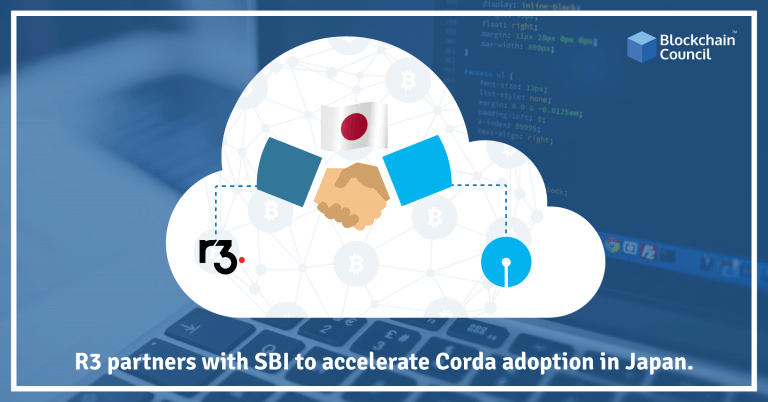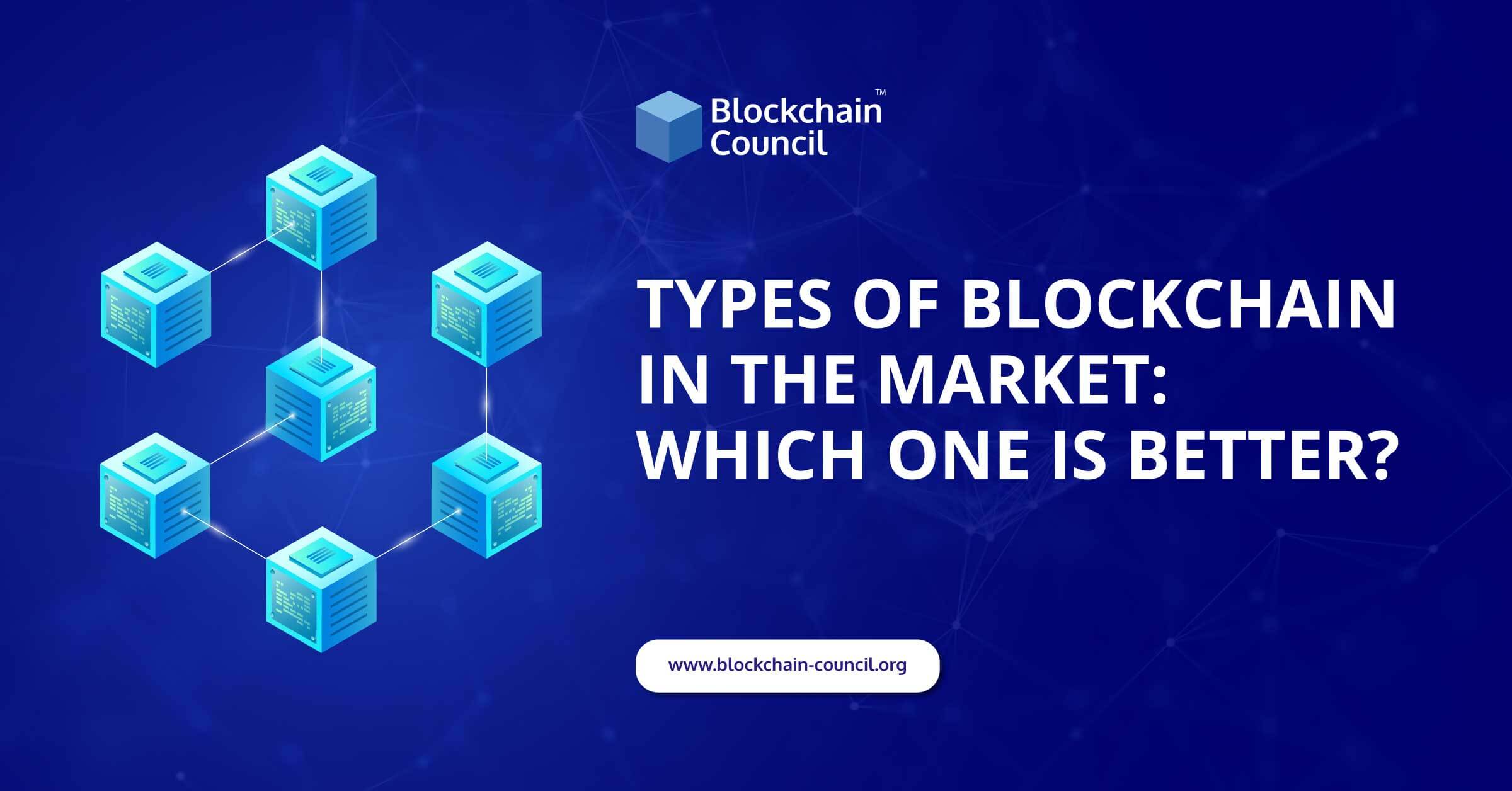
- Blockchain Council
- November 29, 2024
Managing cryptocurrency securely is becoming increasingly significant as digital finance expands and so do frauds related to it. In the first half of 2024, over $679 million was lost to crypto frauds. Multi-chain self-custody is a rising concept that gives people full control over their digital assets across various Blockchain systems. This approach eliminates the need for external intermediaries, offering greater security and independence.
Breaking Down Multi-Chain Self-Custody
What Does Self-Custody Mean?
Self-custody involves individuals directly handling their cryptocurrency without external custodians. With this approach, users have complete authority over their private keys, the critical codes granting access to their funds. This method stands apart from custodial services, where third parties manage these keys on the user’s behalf. Learning about multi-chain self-custody is crucial, and becoming a Certified Cryptocurrency Expert™ (CCE) helps you explore this and more.
Understanding Multi-Chain Systems
The idea of “multi-chain” refers to the ability to operate across multiple Blockchain platforms. Each Blockchain functions independently, governed by unique rules and supporting distinct assets. A multi-chain setup enables users to handle assets on various Blockchains from one convenient interface, offering better efficiency.
The Blend of Multi-Chain and Self-Custody
By combining these two concepts, users gain control of their cryptocurrency across different Blockchain systems. This allows for secure storage, sending, and receiving of assets from multiple Blockchains without needing intermediaries. Such an approach promotes independence while mitigating the risks associated with centralized systems.
Obstacles in Self-Custody
Although self-custody aligns with the decentralized nature of cryptocurrency, managing it across multiple Blockchains brings unique challenges.
Handling Private Keys
The task of keeping private keys secure can feel overwhelming, especially for newcomers. Traditionally, users must manage seed phrases or rely on hardware wallets, which can be intimidating. Even experienced users face the possibility of mistakes, such as losing keys or mismanaging addresses.
Fragmentation Across Blockchains
The Web3 world is scattered, largely due to the emergence of countless Blockchains and decentralized applications. For example, during the first half of 2024, over 70 new layer-1 Blockchains were launched, exceeding the 50 introduced in 2023. This rapid growth adds complexity, as users often manage multiple wallets and keys across ecosystems.
On average, individuals juggle three to ten wallets depending on their familiarity with crypto. This increases the likelihood of human errors, like transferring assets to incorrect chains or addresses. It’s estimated that around 20% of lost Bitcoin results from user mistakes of this nature. As one Blockchain innovator highlighted, the future of self-custody depends on overcoming such hurdles to make it more accessible.
Liquidity and Compatibility Issues
The fragmented nature of Blockchain ecosystems also affects liquidity and compatibility. For instance, tokens held on one chain may not seamlessly interact with applications on another. Using tokens from one Blockchain as collateral for a protocol on a different chain often requires bridging, which is cumbersome and prone to errors.
This fragmentation creates a poor user experience and hampers broader Web3 adoption. It’s akin to shopping in a mall where each store accepts only specific currencies, forcing constant exchanges.
Overcoming the Challenges of Multi-Chain Self-Custody
Simplifying Wallet Usage
Recent innovations have made wallet management simpler. Tools like ERC-4337 and EIP-7702 allow for unified smart accounts. These technologies enable users to control multiple wallets through a single interface. For instance, Wallet A and Wallet B can delegate control to Wallet C, eliminating the need for manual transfers and reducing errors.
Enhancing Cross-Chain Compatibility
Advances in chain compatibility have made transactions across different Blockchains smoother. Instead of manually bridging assets, users can perform transactions across chains seamlessly. This simplifies liquidity management, similar to how payment apps allow users to choose cards for transactions without extra steps.
With these innovations, managing multi-chain wallets is becoming as intuitive as everyday financial tools. By focusing on user-friendly interfaces, developers are removing the technical barriers that deter wider adoption.
Recent Developments in Multi-Chain Self-Custody
Trust Wallet’s Expansion
Trust Wallet, a popular choice for self-custody, now supports over 100 Blockchains. This update allows users to manage a wide array of digital assets, including cryptocurrencies and NFTs, from a single platform. The expanded support simplifies access and enhances the overall user experience.
UXUY’s Telegram Integration
In August 2024, UXUY launched a self-custody wallet integrated directly into Telegram, enabling users to manage assets across multiple Blockchains through the messaging app. This integration, known as @UXUYbot, offers seamless access to crypto for Telegram’s vast user base.
Bitkey’s Inheritance Feature
Bitkey introduced a feature to address concerns about asset transfer during unforeseen events. This tool allows users to securely set up inheritance plans, ensuring that their Bitcoin holdings can be accessed by beneficiaries when needed.
Chiliz Wallet for Fan Tokens
Chiliz, a Blockchain provider specializing in sports and entertainment, unveiled a wallet tailored for fan token holders. With over 2.3 million users on its Socios.com platform, this self-custody wallet empowers fans to manage their tokens securely and independently.
Self Chain’s Keyless Wallet Solution
Self Chain introduced the first modular intent-centric Blockchain that uses a keyless wallet infrastructure. By leveraging technologies like Multi-Party Computation Threshold Signature Scheme (MPC-TSS) and Account Abstraction (AA), this solution simplifies self-custody and makes asset recovery easier.
Robinhood’s Multi-Chain Wallet
Robinhood expanded into the self-custody space with a wallet supporting Bitcoin, Ethereum, Dogecoin, and more. Users can swap assets across networks like Ethereum and Polygon and connect to decentralized apps, offering greater control and flexibility.
BankSocial Wallet 2.0
In December 2023, BankSocial launched a new wallet that integrates staking capabilities with multi-chain compatibility. This Hedera-compatible wallet provides a secure, seamless experience for managing assets across Blockchains while allowing users to earn rewards through staking.
Benefits of Multi-Chain Self-Custody
This approach offers a range of advantages:
- Full Control: Users retain direct authority over their funds, avoiding reliance on external entities.
- Better Security: Holding private keys reduces risks from third-party breaches.
- Cross-Chain Functionality: Seamless compatibility across Blockchains fosters a smoother user experience.
- Diversification: Assets from multiple Blockchains can be managed without needing separate wallets.
Tips for Effective Multi-Chain Self-Custody
To get the most out of this system, consider these practices:
- Protect Your Keys: Store private keys securely, preferably using hardware wallets.
- Backup Regularly: Ensure you have safe, updated backups of your wallet.
- Stay Informed: Keep up with changes and developments in Blockchain technology.
- Use Trusted Tools: Opt for wallets with strong security records.
- Enable Security Features: Activate additional protections like biometric verification.
As multi-chain self-custody evolves, becoming a Certified Cryptocurrency Trader™ (CCT) can enhance your ability to manage and trade assets securely.
The Future of Multi-Chain Self-Custody
Self-custody suits “those willing and able” highlights the importance of simplifying these systems. With ongoing improvements, multi-chain self-custody will empower everyone to manage their crypto with ease and confidence, ensuring they benefit fully from Blockchain technology’s potential.
Unified Ecosystems
The crypto industry’s evolution points toward unifying fragmented ecosystems. Developers are working toward integrating fragmented Blockchain systems into cohesive platforms. A single interface that supports all chains will improve accessibility and user experience.
Solving Liquidity Fragmentation
A significant obstacle in the current ecosystem is liquidity fragmentation, where assets remain confined to individual Blockchains. This limits their usability across different platforms. Innovations like chain abstraction aim to resolve this issue by enabling seamless asset usage across various Blockchains without requiring manual bridging. These solutions promise to simplify interactions with decentralized finance (DeFi) platforms and Blockchain-based applications, making them more accessible and efficient for users.
Catering to Diverse Users
Renowned Blockchain expert Vitalik Buterin has emphasized the critical role of self-custody in the future of cryptocurrency. For this vision to materialize, self-custodial systems must accommodate a diverse user base, ranging from beginners in crypto to seasoned institutional investors. Building intuitive interfaces and crafting robust, secure systems will be pivotal in making these tools both user-friendly and highly reliable. Striking this balance will help bridge the gap between technical sophistication and accessibility, ensuring everyone can benefit from the evolving Blockchain ecosystem.
Conclusion
Multi-chain self-custody is transforming how individuals interact with digital assets. As tools and technologies improve, the barriers to adoption will continue to fall. These advancements will make it easier for anyone to benefit from the possibilities offered by Blockchain technology. From seasoned crypto enthusiasts to beginners, the future of multi-chain self-custody looks promising, offering flexibility, security, and ease of use.



































































 Guides
Guides News
News Blockchain
Blockchain Cryptocurrency
& Digital Assets
Cryptocurrency
& Digital Assets Web3
Web3 Metaverse & NFTs
Metaverse & NFTs
